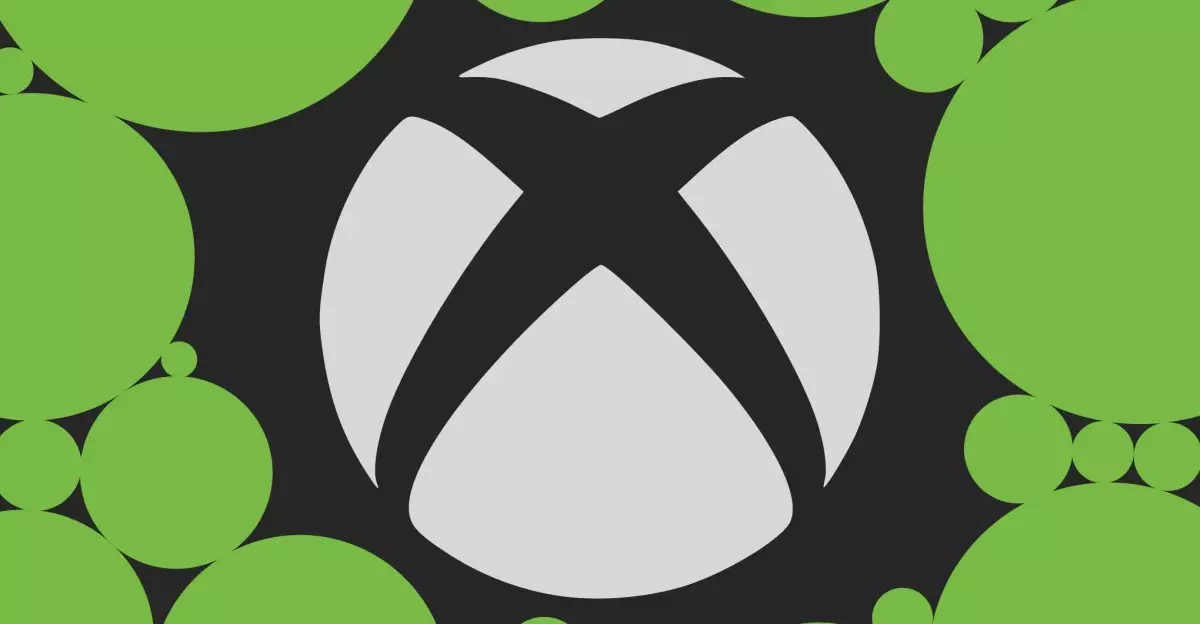In an unexpected yet not entirely surprising move, Microsoft has announced that it will be increasing the prices of its Xbox Series S and X consoles, as well as first-party games, effective later this year. The new price points signal a shift in the landscape of gaming, where consumer spending is being reshaped under the weight of inflationary pressures and increased production costs. The Xbox Series S is now set to reach $379.99, a notable $80 increment, while the more powerful Series X will skyrocket to $599.99—with Xbox leaders seemingly banking on the high demand for next-gen consoles to cushion the impact of this financial leap.
Meanwhile, the first-party game price tag is shifting from $69.99 to $79.99—an adjustment that aligns Microsoft’s offerings with Nintendo’s pricing strategy for its Switch titles. This synchronization raises questions about whether we are witnessing the ushering in of a new industry standard, where pricing models across platforms operate in concert rather than competition.
A Delicate Balancing Act
While Microsoft has assured that Xbox Game Pass prices will remain stable, the juxtaposition of increasing game prices against a subscription service that offers unprecedented access to a plethora of titles raises eyebrows. Game Pass has revolutionized the way players access gaming content, but one must ponder the sustainability of this model alongside rising development costs. Is it feasible for Microsoft to maintain these fixed prices for Game Pass in a market where the costs associated with game creation are climbing? The stability of Game Pass pricing may serve as a temporary relief to subscribers, but in the long run, it could put pressure on Microsoft’s broader financial strategy.
As competitor Sony recently raised the prices of its PS5 consoles in European markets, the perception of value among gamers comes into focus. When the cost of hardware and first-party games escalates, consumers are naturally driven to assess if the gaming experience justifies the price. Are these new price points reflective of improved game quality, advanced technology, or simply an expected industry adjustment?
The Global Context of Price Adjustments
This pricing strategy is not a mere reaction to domestic markets; it extends globally, impacting consumers in Europe, Australia, and markets worldwide. For instance, the Xbox Series S will now see a price point of €349.99/$299.99 in Europe, mirroring price alterations seen across the Atlantic. It’s imperative to recognize that these increases may disproportionately affect gamers depending on their regional economic conditions. For many, gaming has become a primary form of entertainment, but can it sustain this loyalty against the backdrop of rising costs?
This question is particularly pressing given the ongoing economic strains faced by many households. While gaming can be a refuge, it also risks becoming a luxury as physical and digital titles acquire premium tags.
The Ripple Effect on Game Development
Moreover, the hike in first-party game prices is pertinent in examining the industry’s future. Development studios, always challenged to deliver high-quality experiences within tight budgets, may shift their strategies to accommodate these market changes. Will developers seize the chance to elevate production values, or will they feel pressured to churn out sequels and remasters to recoup escalating costs?
The price increase could prompt a cautious market—if budgets tighten, so too might innovation and risk-taking in game development. We might see the return to franchises that have historically performed well while new IPs battle for attention amid soaring prices.
Implications for Gamers and the Industry
In this evolving narrative, the gamer’s voice holds significant weight. A vocal community can sway these pricing strategies through feedback, and emerging trends may dictate a necessary reevaluation of value propositions. Will customers opt for premium experiences, or will they support developers committed to creative, yet manageable spending? The industry stands at a crossroads and must recalibrate its focus on both financial realities and the unwavering passion that drives gaming culture.
Given the recent surge in interest surrounding esports, streamers, and digital content creators, there’s an underlying potential for diversification within the industry. As traditional pricing models get disrupted, gaming companies might look to innovate in their economic approaches, emphasizing value in ways beyond just the initial purchase.
The future of gaming remains uncertain yet exciting; as Microsoft navigates these changes, both players and the industry stand ready to react, adapt, and redefine what it means to be a gamer in an ever-evolving market.

